Eerie sites in Barcelona to visit this Halloween
Unraveling the city's darkest legends
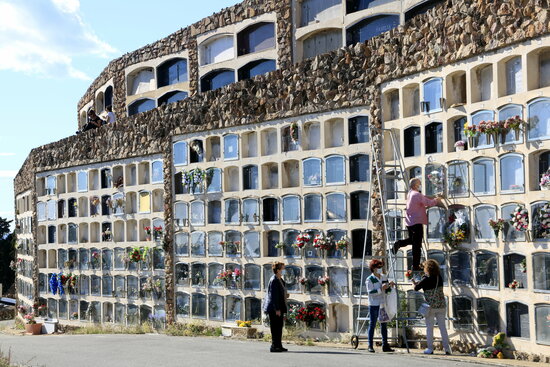
Some of Barcelona’s lesser-known history has to do with its many urban legends and chilling tales. The legacy of the Spanish Inquisition, with its rampant religious persecution, torture, and executions, continue to torment the city.
This Halloween season, various history tours guided visitors through the city's most unsettling spots; however, these tours revealed more than just spooky stories, rather how Barcelona's past has influenced many modern sites.
Mercat de Sant Antoni
The Mercat de Sant Antoni is a bustling marketplace in Barcelona's Eixample district, with stalls selling a variety of goods; however, the area surrounding the market has a darker history. During the Middle Ages, the vicinity was used as a site for public executions.
The death penalty was a public spectacle, with the bodies of the executed left hanging for days to serve as a warning to others. In some cases, the bodies were even used for anatomical study.
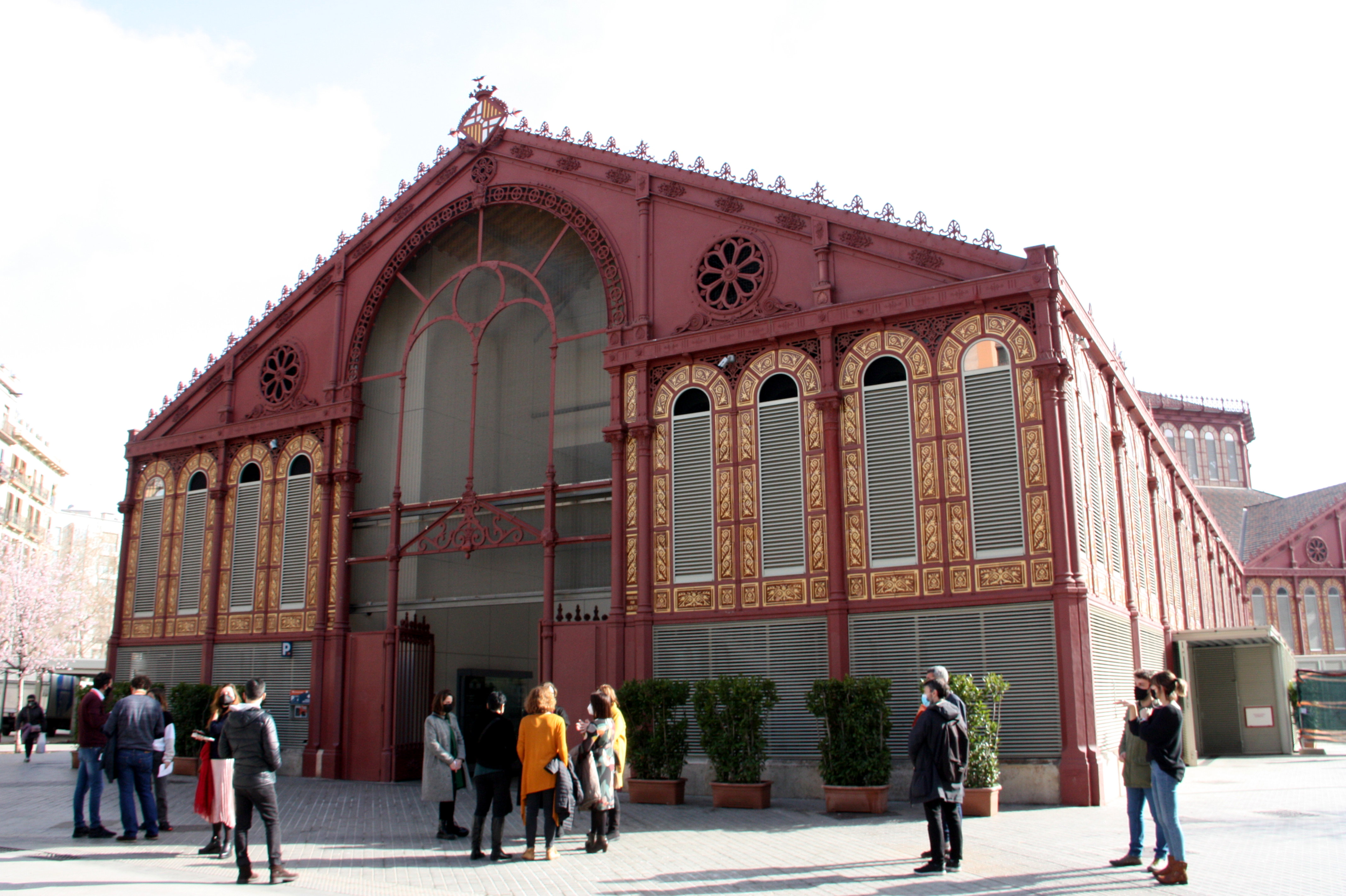
The use of the area for capital punishment continued over the centuries, with the techniques of public execution evolving to include the use of the vile club, a brutal method of scourging. The area remained linked to these gruesome practices until the late 19th century.
The discovery of the Roman Via Augusta, the necropolis, and the Sant Antoni bastion during the market's renovation in 2007 only added to the eerie atmosphere.
The market is said to be haunted by all of those executed there, and some visitors have reported strange sounds and screams from the market during the night.
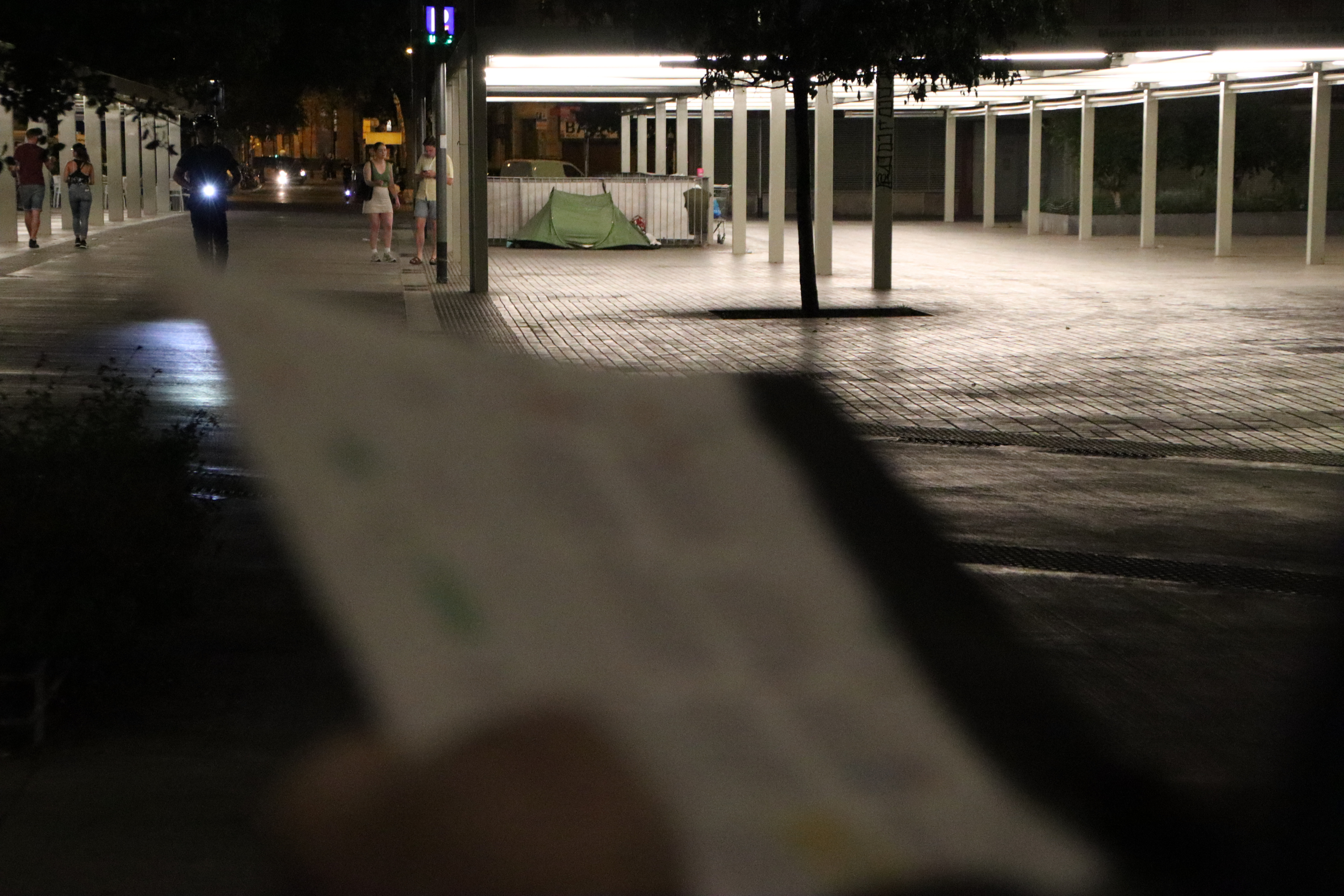
School of Witchcraft
In Barcelona's La Ribera neighborhood, there was said to be a school of witchcraft on Carrer de la Neu de Sant Cugat. It was led by a demon figure named Seca, and the school was said to conduct rituals involving human remains. Many of these students were eventually caught, brutally interrogated, and subsequently executed.
Catalonia experienced a huge witch hunt between 1618 and 1622. This period coincided with social crises such as devastating floods that caused widespread destruction and famine. These factors contributed to mass fear and mistrust, and the subsequent witch trials. Records indicate that in total, nearly 400 people were executed for witchcraft in Catalonia between the 16th and 17th centuries. The majority of those executed were women, usually by public hanging or burning at the stake.
Interestingly, it is said that a brothel was located very close to where the school of witchcraft was. Architectural features known as "carassas," often depicting demon or medusa heads, were used to guide Castilian soldiers to brothels. A notable example can be found at the corner of Carrer dels Mirallers and Carrer dels Vigatans.
Adherence to Catholic orthodoxy was strictly enforced during the Spanish Inquisition and women who displayed independent sexuality or were associated with prostitution were often targeted in witch hunts. The proximity of these alleged establishments, while not directly linked, highlighted the social landscape and attitudes towards female sexuality and morality in Barcelona.
Rocafort Station
The Rocafort L1 metro station, located along Gran Via, was the site of numerous tragic events and unsettling happenings.
In addition to a large number of suicides that took place in the mid 1960s, one legend even states that a child lost his life while attempting to retrieve a ball along the tracks.
Consequently, several unverified accounts have circulated about inexplicable accidents and mysterious incidents that have occurred.
It is said that some metro workers even refuse to work in the station at night to this very day.
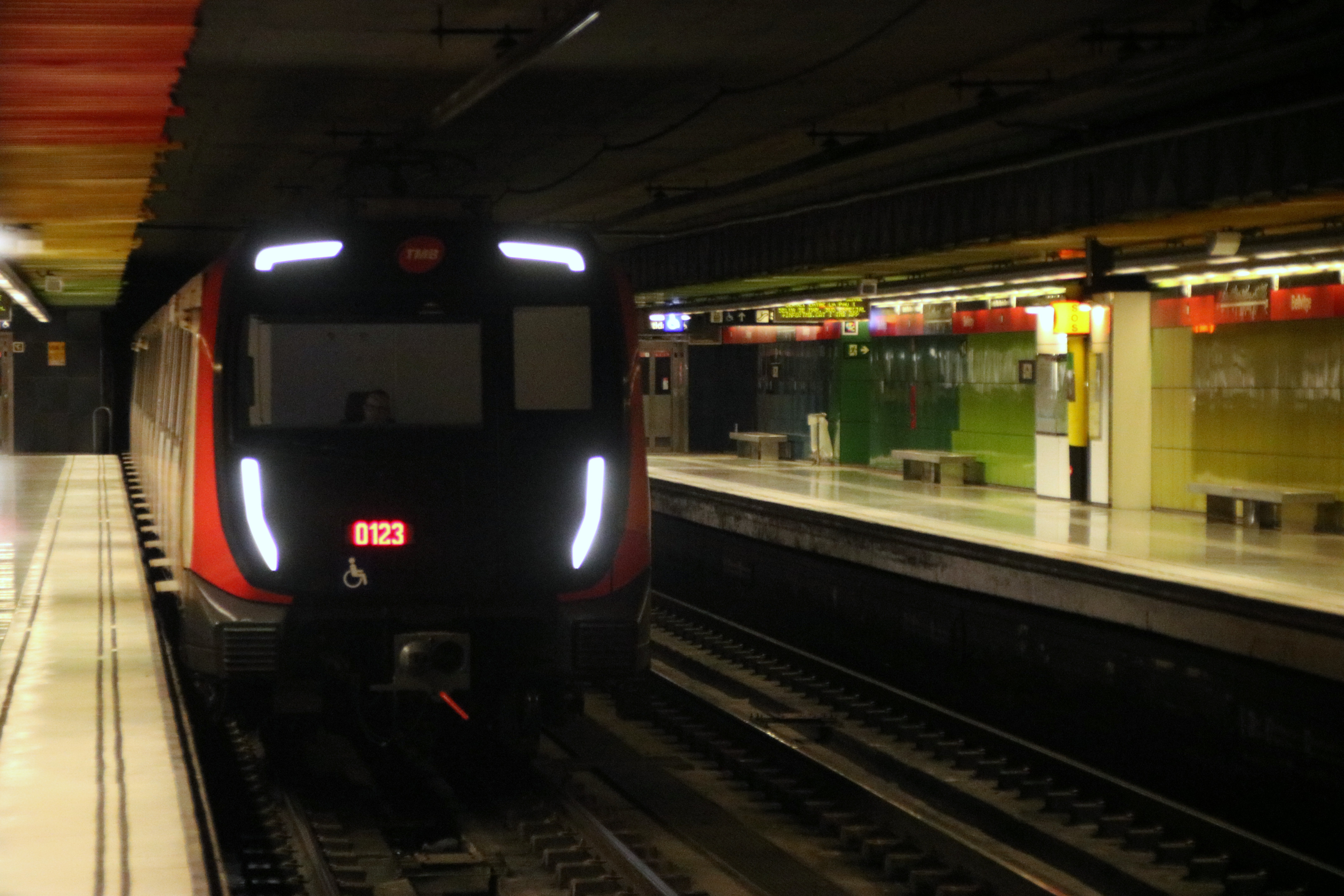
Some people claim that security cameras have captured unexplained phenomena after hours. Another popular urban myth involves the so-called 'clean-up train', said to be the last departure of the night, where some locals believe supernatural activity arises.
The station's reputation has inspired many unsettling stories, including a new thriller movie titled "Estación Rocafort," which was released in September.
Barcelona has several abandoned subway stations considered 'haunted.' These closures were often a result of poor planning and the impracticality of restoring stations near existing ones. Over time, enthusiasts have created various stories about these underground spaces.
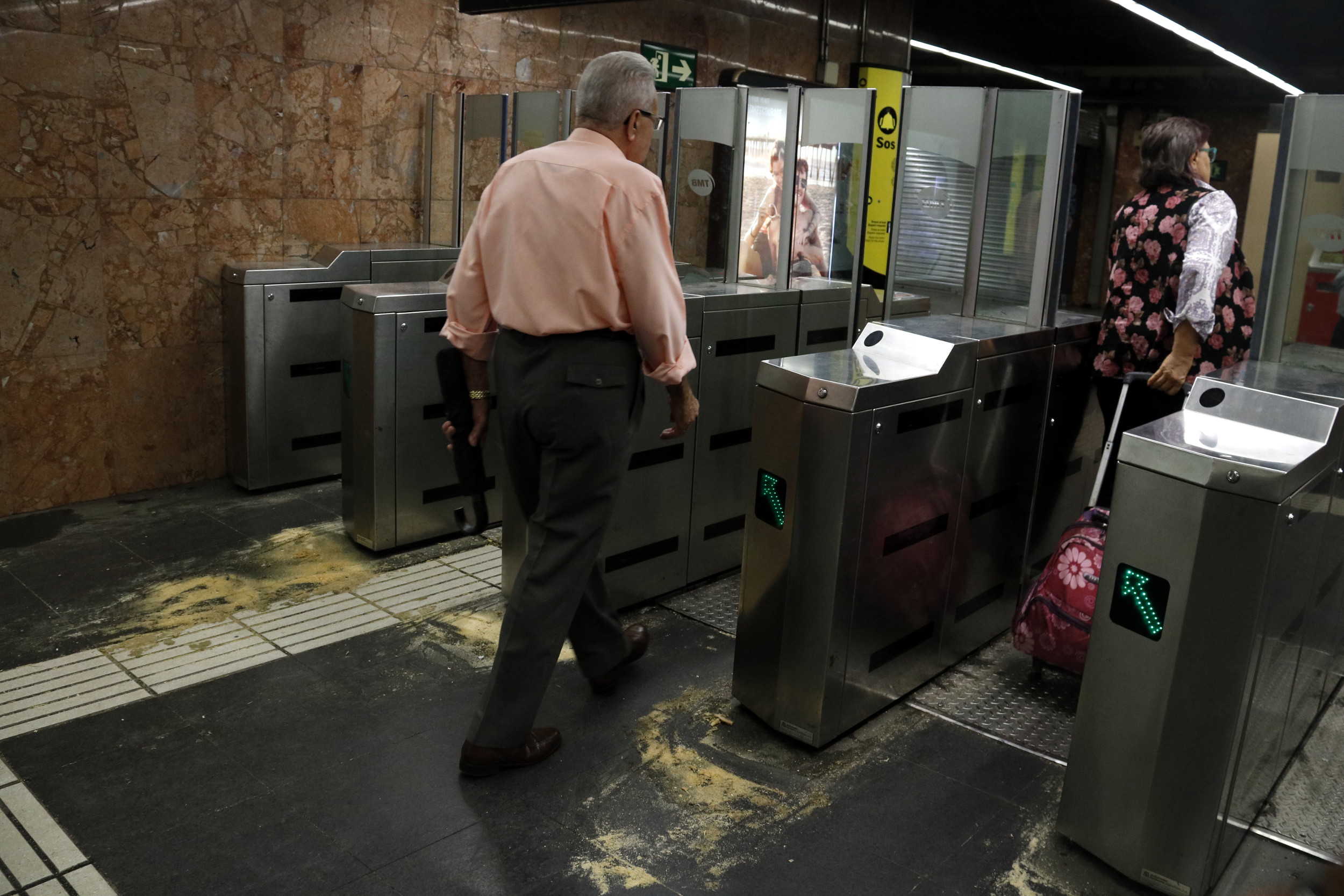
Santa Maria Del Pi
The historic Santa Maria del Pi church in Barcelona is famous for its 54-meter-tall octagonal bell tower, built in the 14th century. According to legends, the original architect, Barthomeu Mas, made a pact with the Devil to build the tallest tower in the city. Mas agreed to give the Devil his soul on the 100th step of the tower.
However, the architect cheated Lucifer and only built 99 steps which enraged the Devil who then cursed the structure. The story claims that "Satan's footprint" on the 100th step is the site of strange occurrences and eerie sensations.
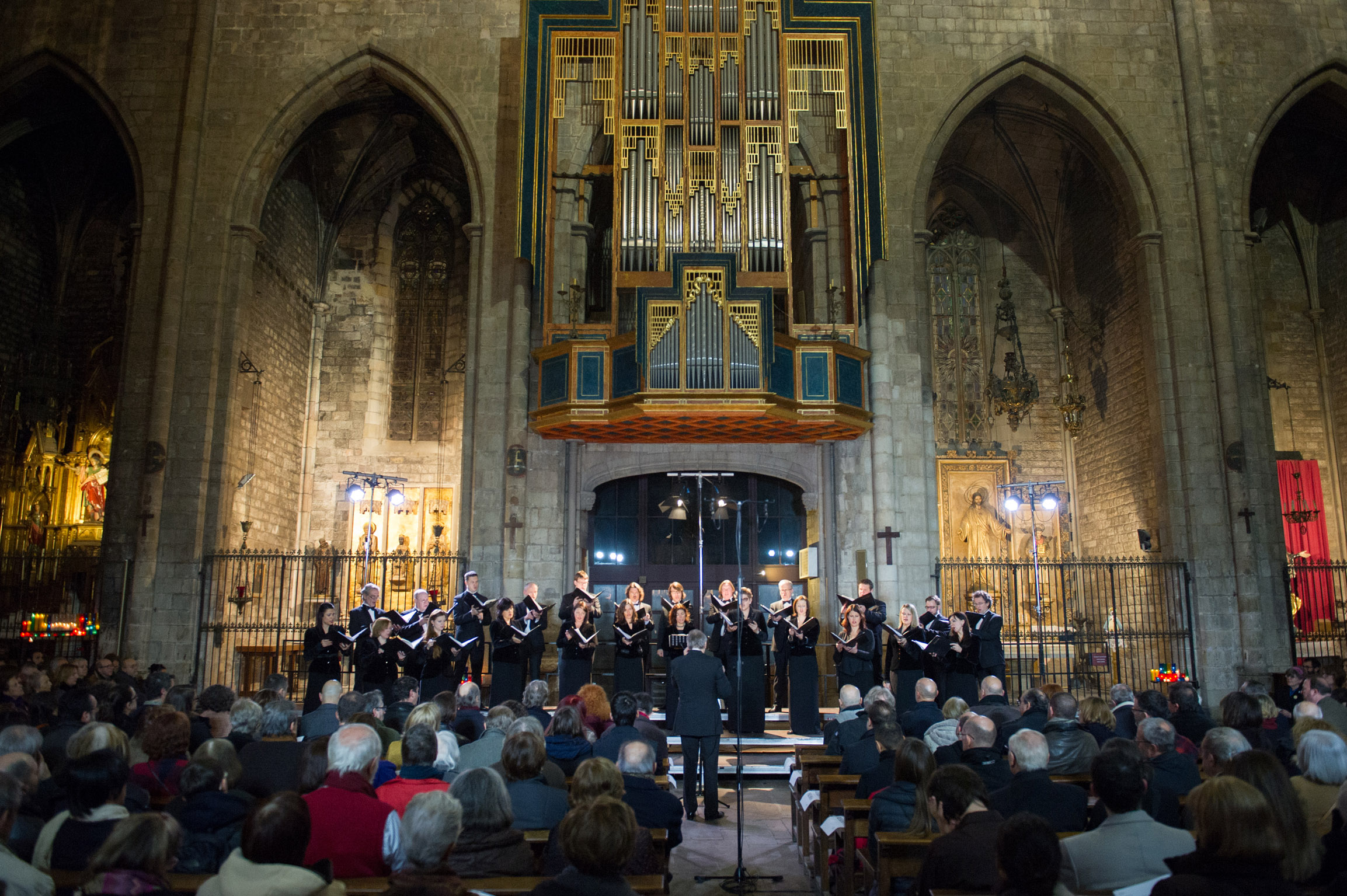
The tower's construction began in 1379 and took several years to complete. Beyond its religious purpose, the bell tower played a crucial role in times of conflict, such as the Reapers’ War and the War of Succession, where it served as a watchtower and defensive structure. Additionally, it provided shelter to civilians during the siege of 1713, with its bells sounding the alarm on the morning of September 11, 1714.
In peacetime, the tower hosted musical performances and fireworks displays, overall contributing to the city's festive atmosphere.
After significant restoration in the mid-1800s, the church was set on fire during the Spanish Civil War. The building was severely damaged, but it was restored once again and structural improvements were made. Today, visitors continue to flock to the church, with particular curiosity about the 100th step and the legend surrounding it.
Montjuïc Cemetery
Barcelona's largest cemetery, Montjuïc, opened in 1883 and comprises of approximately 151,000 graves, crypts, and memorials. The cemetery's western wing, el Fossar de la Pedrera, contains mass graves of Civil War victims and memorials to those who suffered under fascism. Many graves belong to those executed during the war, while the nearby Montjuïc Castle served as a prison and execution site.
The cemetery is the resting place of influential figures such as former Catalan Government President Francesc Macià, former Spanish Navy Minister Lluís Companys, and anarchist Buenaventura Durruti. It also houses the remains of musician Isaac Albéniz and artists Ramon Casas, Santiago Rusiñol, and Joan Miró. Notably the infamous "Vampire of Raval," is also buried there.
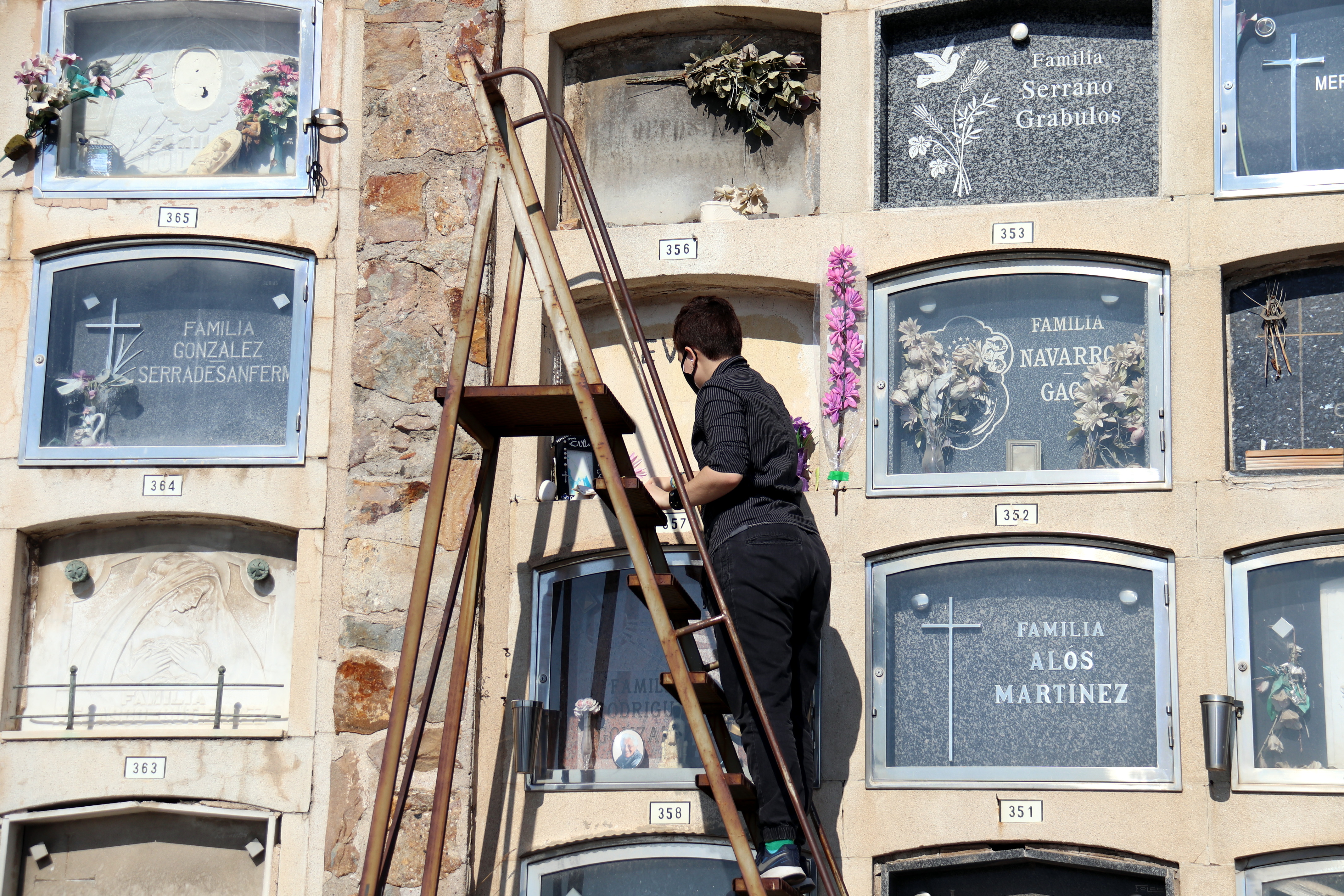
Lesser-known spirits are said to roam the area, including the "Ghost of Morrot," allegedly a restless spirit from a centuries-old lynching on the cemetery's edge. Other apparitions reportedly appear near the graves of famous mediums and spiritualists buried here.
At night, visitors report eerie whispers and unexplained sounds throughout the cemetery. Some claim to experience cold spots, capture unexplained orbs in photographs, and feel an unsettling sense of being watched. Certain graves appear more deteriorated than expected, further fueling supernatural speculation and adding to the cemetery's mysterious atmosphere.
Haunted tours around Barcelona
One of the tours of Barcelona’s eerie past offered visitors a haunting glimpse into history, and participants got to explore sites that portrayed life and punishment during the Spanish Inquisition.
Sara, the guide from The Dark Past emphasized the tour’s ability to transport participants through time.
“Throughout the tour, we can definitely travel back in time and see how people were living in those days. We can actually compare it with reality nowadays, which is not so far away in many, many different ways,” she told Catalan News.
Despite the somber subject matter, Sara stressed that the experience is not just focused on the grim aspects of history.
“It's not just about torture… It's also very fun. You can also come and have a laugh,” she said. “We're actually talking about many things, not just about the darkness, as we also hear hints about history.”
For Steve, a visitor from Manchester, the tour offered a new perspective on the city. "When you're present and you're in the city and you're in the areas and it's dark and you hear the stories… it can kind of change the way you see being in that area,” he said.
“It's not only the bars and the restaurants anymore, but it's the history, and you get the feeling of how people really used to live,” he added.
But beyond the spooky tales and unsettling histories, Verna, another tour participant recognized the deeper significance to confronting the past.
"Today I’ve seen the same direction and same political movements, like, for 300 or 400 years,” he said.
Similar to Steve, the tour was overall a reminder that the turmoil and conflict of the past are not so distant from the present.
“We are, and yet we are not part of nations. We are living in a world where people just came from different countries and moved together and changed the world.”
The tour highlighted the importance of learning about history beyond one's own borders. People can gain insights into shared human experiences by understanding the dark history and working toward preventing past mistakes.